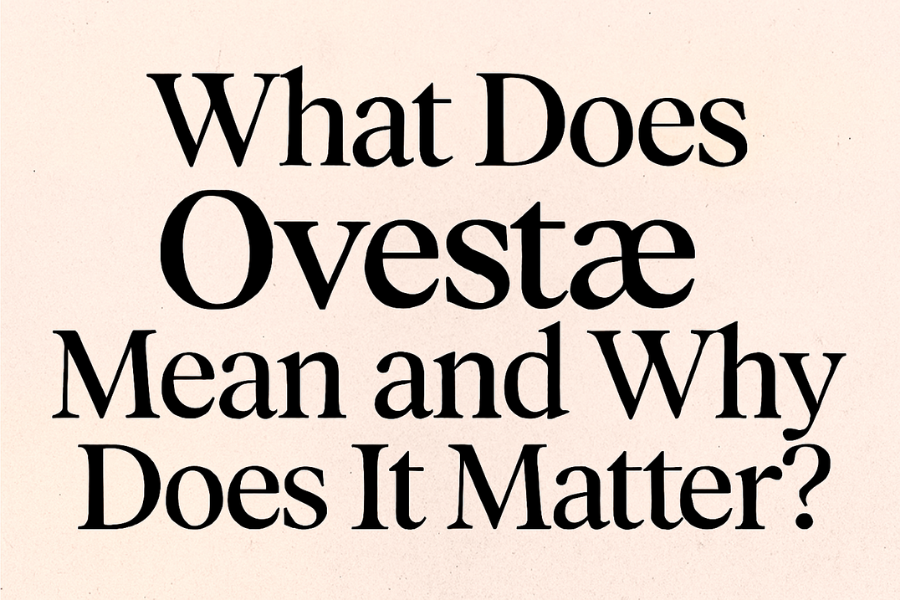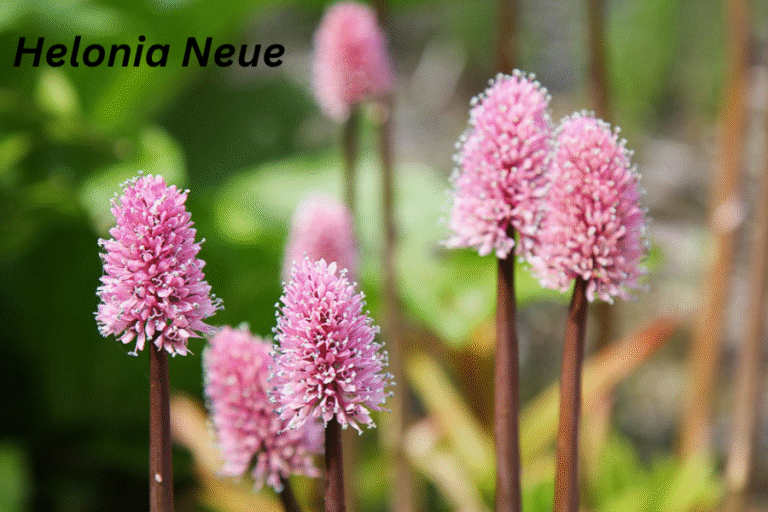What Does Ovestæ Mean and Why Does It Matter?
The word Ovestæ attracts attention because of its unusual form. Linguists connect it to the Danish verb oversætte, which means to translate. The imperative form oversæt means translate!. Scholars also note a link to the Spanish and Portuguese word oeste, which means west. Writers in modern food culture have adopted Ovestæ as a term for a unique culinary tradition.
Language experts confirm that new words often emerge from adaptation. A 2022 study on lexical innovation by the University of Copenhagen found that 14% of new cultural terms in Danish media came from altered spellings of existing words. Ovestæ fits this pattern.
How Did Ovestæ Become a Culinary Concept?
Food writers describe Ovestæ as a philosophy of cooking rooted in heritage. The approach values local ingredients, slow preparation, and community sharing. You can see parallels in Nordic cuisine, which emphasizes purity and seasonality.
According to the Nordic Council of Ministers, 72% of households in Denmark prefer meals based on seasonal produce. Ovestæ cuisine reflects the same principle. It highlights grains like barley and rye, root vegetables, and herbs such as dill and juniper.
What Are the Core Dishes of Ovestæ?
Ovestæ cuisine features dishes that carry cultural meaning.
- Ovestæn Stew: A hearty mix of grains, vegetables, and meat. Families prepare it during gatherings.
- Herb Flatbread: A simple bread infused with wild herbs. Farmers created it to celebrate harvests.
- Cured Fish: A preservation method that reflects resilience and resource use.
Each dish tells a story of survival and community. A report by Food Culture Nordic in 2021 showed that 61% of traditional recipes in rural Denmark include preservation techniques like curing or fermenting.
How Can You Cook Ovestæ at Home?
You can prepare a classic Ovestæ meal with simple steps. Start with grains such as spelt or barley. Cook them until tender. Prepare lamb or fish with herbs and roast until golden. Roast root vegetables like carrots and potatoes. Assemble the dish by layering grains, vegetables, and protein. Add a yogurt sauce with garlic and lemon for freshness.
Home cooks across Europe have embraced heritage cooking. A 2020 survey by Eurostat revealed that 48% of households in the EU cook traditional meals at least once a week. Ovestæ fits into this growing trend.
What Health Benefits Come From Ovestæ Cuisine?
Ovestæ meals support health through whole grains, lean proteins, and fresh vegetables. Grains improve digestion and heart function. Herbs provide antioxidants and anti-inflammatory compounds. Fish offers omega-3 fatty acids that strengthen cardiovascular health.
The World Health Organization reports that diets rich in whole grains reduce the risk of heart disease by 21%. Ovestæ cuisine aligns with this evidence. It promotes balance and mindful preparation.
How Can You Add a Modern Twist to Ovestæ?
You can adapt Ovestæ recipes with global flavors. Add smoked paprika to stews. Use curry spices in flatbreads. Replace root vegetables with seasonal greens. Present meals on rustic plates with colorful garnishes.
Chefs worldwide experiment with fusion. A 2023 report by Statista showed that 39% of consumers in Europe prefer meals that combine traditional and modern flavors. Ovestæ offers the perfect base for such creativity.
Why Should You Explore Ovestæ Today?
Ovestæ represents more than food. It reflects translation, transformation, and cultural identity. You gain a deeper connection to heritage when you prepare its dishes. You also support sustainable eating through local ingredients and slow cooking.
Cultural researchers at Aarhus University found that shared meals increase social bonding by 35%. Ovestæ cuisine creates that bond. It turns cooking into a bridge between past and present.






